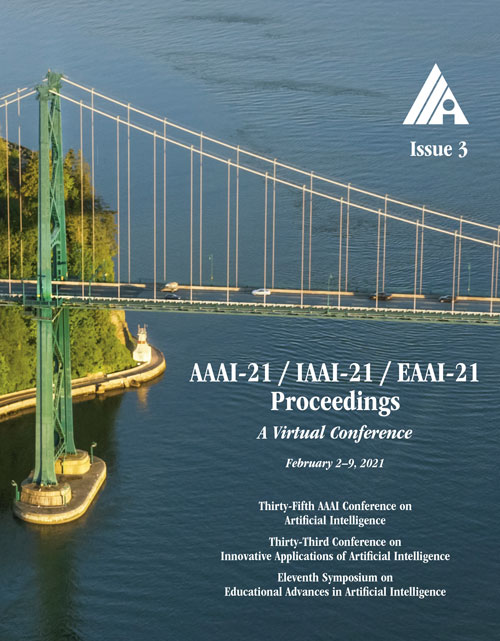Sequential End-to-end Network for Efficient Person Search
DOI:
https://doi.org/10.1609/aaai.v35i3.16297Keywords:
Image and Video RetrievalAbstract
Person search aims at jointly solving Person Detection and Person Re-identification (re-ID). Existing works have designed end-to-end networks based on Faster R-CNN. However, due to the parallel structure of Faster R-CNN, the extracted features come from the low-quality proposals generated by the Region Proposal Network, rather than the detected high-quality bounding boxes. Person search is a fine-grained task and such inferior features will significantly reduce re-ID performance. To address this issue, we propose a Sequential End-to-end Network (SeqNet) to extract superior features. In SeqNet, detection and re-ID are considered as a progressive process and tackled with two sub-networks sequentially. In addition, we design a robust Context Bipartite Graph Matching (CBGM) algorithm to effectively employ context information as an important complementary cue for person matching. Extensive experiments on two widely used person search benchmarks, CUHK-SYSU and PRW, have shown that our method achieves state-of-the-art results. Also, our model runs at 11.5 fps on a single GPU and can be integrated into the existing end-to-end framework easily.Downloads
Published
2021-05-18
How to Cite
Li, Z., & Miao, D. (2021). Sequential End-to-end Network for Efficient Person Search. Proceedings of the AAAI Conference on Artificial Intelligence, 35(3), 2011-2019. https://doi.org/10.1609/aaai.v35i3.16297
Issue
Section
AAAI Technical Track on Computer Vision II

